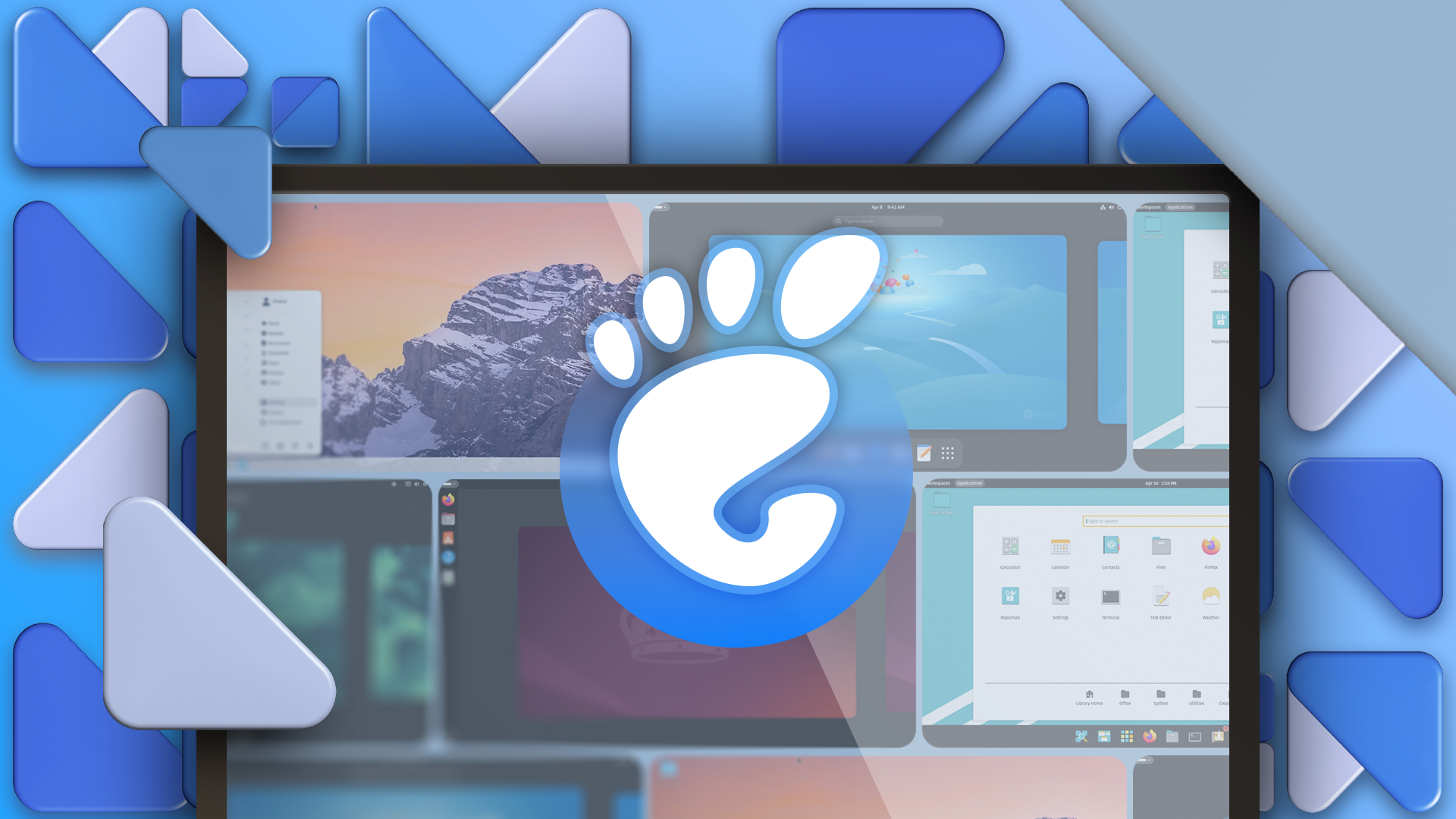Asahi Linux, the project to bring a native desktop Linux experience to Apple Silicon Mac computers, is ‘upstreaming’ several major components to the Linux kernel. The team says the change “lightens our maintenance burden,” fixes bugs, and speeds up future development on supporting newer Mac models.
The Asahi Linux project already has a mostly functional version of desktop Linux running on M1 and M2 Mac computers, which involved building many drivers and other software components from scratch. More recently, the team has focused on Fedora Asahi Linux as the officially supported distribution, though other distros ported by the Linux community also exist. In February, Asahi Linux announced plans to reorganize its core team after founder Hector Martin left the project.
Thankfully, there’s some good news from the Asahi team. A new blog post explains, “We are pleased to announce that our graphics driver userspace API (uAPI) has been merged into the Linux kernel. This major milestone allows us to finally enable OpenGL, OpenCL and Vulkan support for Apple Silicon in upstream Mesa.” In other words, a core software component for Asahi Linux will now be bundled in the regular Linux kernel, so the Asahi team won’t have to constantly reintegrate those changes with every Linux update. The team is also upstreaming more code for Apple hardware controllers, as well as drivers for the Apple Display Pipe (ADP) display and Z2 touchscreen, which are used for Touchbar support in the M1 and M2 MacBook Pro laptops.
The blog post says, “This means that we will soon sunset our Mesa, virglrenderer, and Flatpak runtime forks. Eliminating these forks lightens our maintenance burden, and working directly with upstream Mesa improves the development experience for folks working on the userspace graphics stack.” The modified packages will be removed with the upcoming Fedora Linux 43 release.

Related
Why I Prefer GNOME for My Linux Desktop
While other desktop environments like XFCE and Cinnamon exist, GNOME and KDE are still the most popular options. Plenty of Linux users prefer KDE, but GNOME simply feels like home to me.
Asahi Linux still isn’t as stable or feature-complete as desktop Linux on a typical x86-based PC, but the team has made a significant amount of progress, and it’s great to see more technical and organizational hurdles resolved. Desktop Linux is still the only functioning alternative operating system on Apple Silicon Mac computers—there’s still no Boot Camp for Windows. The upstreaming work also makes it easier for other Linux distributions to create versions for Apple Silicon Macs alongside x86, generic ARM, RISC-V, and other architectures.
If you want to try out Asahi Linux on your own M1 or M2 Mac, you can install Fedora Asahi Linux with a terminal command. There’s still no official support for M3 or M4 Macs, but you can still run a Linux virtual machine on top of macOS on all M1 Mac computers. If you just need to run your favorite Linux terminal applications on a Mac, they might have native macOS versions available through Homebrew.
Source: Asahi Linux Blog




